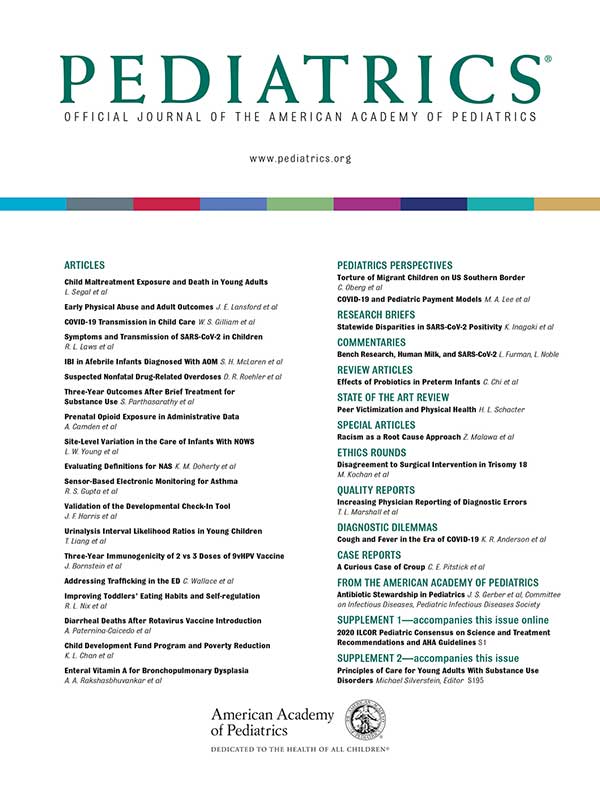Research Article
Nature and Children’s Health: A Systematic Review
Publication Date:
DOI: https://doi.org/10.1542/peds.2020-049155
Abstract
Context
Daily outdoor play is encouraged by the American Academy of Pediatrics. Existing evidence is unclear on the independent effect of nature exposures on child health.
Objective
We systematically evaluated evidence regarding the relationship between nature contact and children’s health.
Data Sources
The database search was conducted by using PubMed, Cumulative Index to Nursing and Allied Health Literature, PsychInfo, ERIC, Scopus, and Web of Science in February 2021.
Study Selection
We followed the Preferred Reporting Items for Systematic Reviews and Meta-Analyses guidelines. In all searches, the first element included nature terms; the second included child health outcome terms.
Data Extraction
Of the 10 940 studies identified, 296 were included. Study quality and risk of bias were assessed.
Results
The strongest evidence for type of nature exposure was residential green space studies (n = 147, 50%). The strongest evidence for the beneficial health effects of nature was for physical activity (n = 108, 32%) and cognitive, behavioral, or mental health (n = 85, 25%). Physical activity was objectively measured in 55% of studies, and 41% of the cognitive, behavioral, or mental health studies were experimental in design.
Limitations
Types of nature exposures and health outcomes and behaviors were heterogenous. Risk of selection bias was moderate to high for all studies. Most studies were cross-sectional (n = 204, 69%), limiting our ability to assess causality.
Conclusions
Current literature supports a positive relationship between nature contact and children’s health, especially for physical activity and mental health, both public health priorities. The evidence supports pediatricians in advocating for equitable nature contact for children in places where they live, play, and learn.
